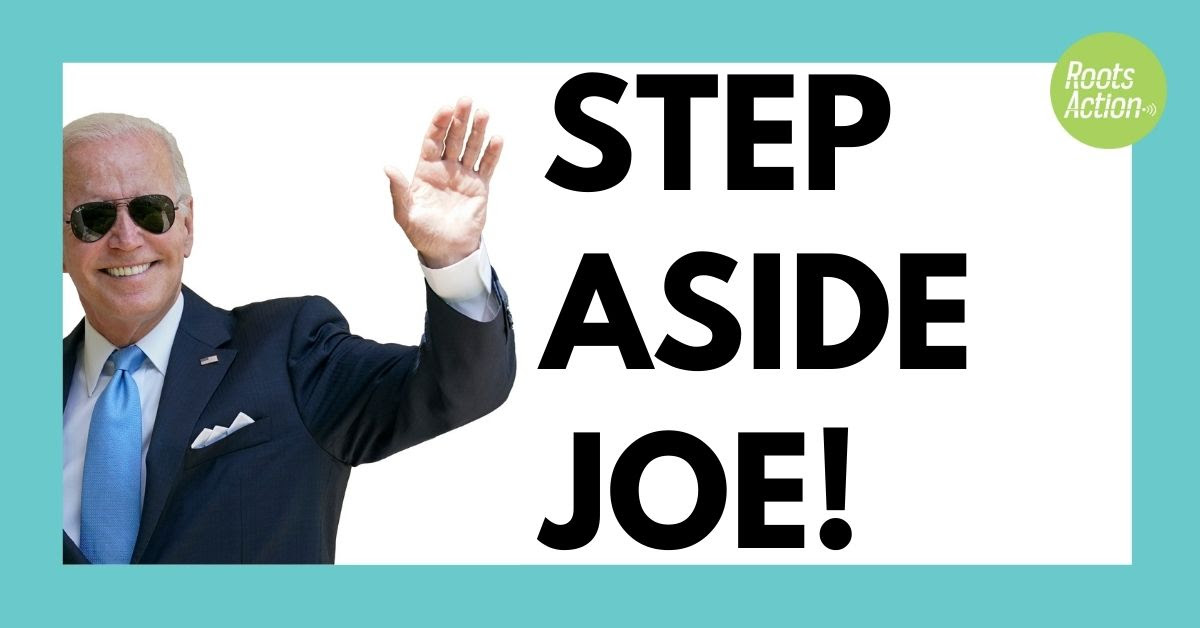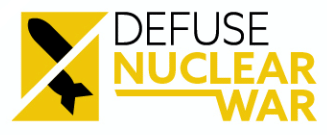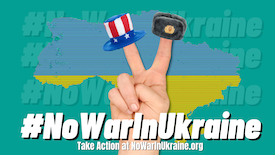The statue of Revolutionary War Gen. George Rogers Clark has stood on University of Virginia land for 99 years, but a push for racial equity and efforts by student leaders may force the statue to be removed.The statue, for which university leaders actively lobbied a wealthy Charlottesville philanthropist back in 1921, would be replaced by a Native American-centered cultural center under a recommendation by UVa’s Racial Equity Task Force.
The task force recommends the administration “remove the George Rogers Clark statue and work with the local indigenous community to reimagine what might embody the space where the statue currently stands.”
It also recommends repairing the university’s relationship with Native Americans by creating a Center for Native American and Indigenous Studies with appropriate academic and administrative staffing, including a tribal liaison.
“If statues, plaques, and building names comprising the cultural landscape of [UVa] are meant to convey what we hold to be collective values, then certain aspects of grounds should evolve as our values change,” the task force wrote in its recommendations.
The report’s recommendations are just that. Any decision on removing or replacing the statue will be made by the university’s Board of Visitors.
“Once President Ryan has concluded his review, he plans to discuss the report with the Board of Visitors next month, and will then announce next steps for moving this work forward,” UVa spokesman Wes Hester said. “President Ryan is grateful for the task force’s hard work and for the community input that enabled this important undertaking over the past several weeks.”
Virginia’s Pamunkey Indian Tribe is supporting the effort and has offered to be involved in planning the proposed center.
“We fully support the removal of this statue. We are also aware that there are efforts being made to convert the acreage upon which the statue currently sits into an indigenous studies complex for the benefit of future Native American students to the university,” Pamunkey Chief Robert Gray wrote in an Aug. 26 letter to Julie V. Langan, director and state historic preservation officer at the Virginia Department of Historic Resources.
“We perceive the removal of this statue and turning it into an indigenous studies complex as a definite positive way forward to entice Native American students to attend the University of Virginia by turning a negative depiction of Native Americans into a positive one,” Gray wrote.
While Charlottesville’s downtown Confederate general statues have drawn most of the attention from racial equity activists, Clark’s statue also has proven problematic.
Listed on the National Register of Historic Places, the statue has been vandalized over the years, including a recent failed attempt to decapitate Clark’s cast-bronze likeness.
For some, the bronze-on-pink granite statue of Clark astride a stallion and confronting three Native Americans while backed by three frontiersmen wielding rifle, pistol and powder is a patriotic symbol of American exceptionalism.
For others, it’s a disturbing depiction of cruelty, land theft and genocide.
“When I was considering attending UVa, we walked around Charlottesville, and when we walked by the statue, I stopped and backed up,” recalled Zac Russell, a UVa undergraduate and citizen of the Cherokee Nation. “I was in shock. It was the most blatantly racist statue I had ever seen. People had put up a statue blatantly depicting the killing of Native Americans.”
For others, the statue also represents the lack of acceptance Native Americans feel at UVa.
“[Native Americans] don’t have their own place at the university. We don’t even have a key to a door that we could close. There are no degree programs — not even a minor — and no Native American studies program,” said Anthony Lopez, a Crow Creek Sioux tribal member and 2009 UVa graduate with a master’s in anthropology.
Lopez also serves as chairman of the George Rogers Clark Statue Disposition Committee of the Native American Indigenous Studies Group.
“There is no recruitment program and the university doesn’t keep statistics of how many are enrolled or from what tribes. There is no real recognition. About the only place on Grounds where American Indians can see depictions of themselves is at that statue, and that’s problematic,” he said. “What’s that tell you of your importance to the university community when the only depiction of your history is basically as prisoners of war?”
The Racial Equity Task Force concurs. It is recommending to Ryan that the university remove the statue and work with the Native American organization to build up the study, recruitment and community profile of Indigenous American students.
“The contributions of Indigenous Virginians to American culture, law, politics, ecology, and agriculture have not been fully appreciated or understood, and the history of interactions with the University of Virginia remains invisible and unexplored by many,” the task force report states. “Failing to take this history — as well as current circumstances — seriously would undermine UVa’s commitment to racial equity.”
The task force recommends moving the statue elsewhere — it does not indicate to where — and using the space for Native Americans. Lopez said his organization is willing to consider other locations for the center, but backs the statue's removal.
The task force recommends the university immediately establish a tribal liaison position that eventually would have an office in the proposed center.
The issue goes beyond the portrayal of American Indians on the statue, say those who wish to remove it. It goes to Clark himself and the era in which the statue was designed and built.
Clark was born in Albemarle County in 1752, the older brother William Clark of the Lewis and Clark expedition. George Rogers Clark, promoted to brigadier general in 1781 by then-Virginia Gov. Thomas Jefferson, was the highest ranking American military officer on the northwestern frontier during the Revolutionary War.
Clark led a militia — settlers, farmers and citizens who were not regular soldiers — that fought in Kentucky and Ohio against the British and their Native American allies during the war. His success against the British won him the moniker “Conqueror of the Northwest,” which is etched in the granite base of the UVa statue.
After the war, Clark remained on the frontier and led militias against Native American tribes in an effort to secure land for the expanding country and negotiate treaties to gain more land for settlers.
His statue was erected in 1921 on property that once housed the university’s coal bins and pharmacy. It was paid for by Paul Goodloe McIntire, who also paid for the statues of Confederate Gens. Robert E. Lee in Market Street Park and Thomas “Stonewall” Jackson in Court Square Park and a statue at Fifth and Main streets honoring the Lewis and Clark expedition.
UVa leaders lobbied McIntire, whose father served as Charlottesville’s mayor during the Civil War, for the Lee statue. They settled for one of George Rogers Clark.
The statues were planned, designed and erected as Virginia debated and passed racial purity laws and formalized in law racial segregation, including banning mixed-race marriages.
“People say [the Clark statue] is not that bad, but it is,” Russell said. “Even if you’re not a Native American, think about the time it was erected, what it was meant to represent, who paid for it and what the other statues represented.”
“It’s an exclusive appreciation, a race-based appreciation of history,” Lopez said. “It’s the white, heroic figure. You can’t find a trace of Native American history on the Grounds other than that statue.”
Russell said the Clark statue reinforces the idea that white leaders conquered indigenous Americans, driving them to extinction.
“It really plays on the trope of the noble savage. [The tribal chief] is standing there looking like he’s bravely waiting for death or, if he’s lucky, getting locked up in a concentration camp, which often happened,” Russell said. “To me, it shows how merciless and badly the U.S. government acted."
“We’re not advocating vandalism or tearing it down,” Lopez said. “Maybe they can give it away. The National Holocaust Museum has displays involving genocide in other countries and this would be appropriate.”
Russell said replacing the statue with a center dedicated to Native American studies and culture will help bring identity to a people mainstream society believes are extinct.
“People think of us as being in 1886 and that we’ve stopped existing since then. We’re still around. We may talk and look different because of colonization, but we never disappeared, despite the government’s effort to make us disappear.”
Published by Daily Progress.










